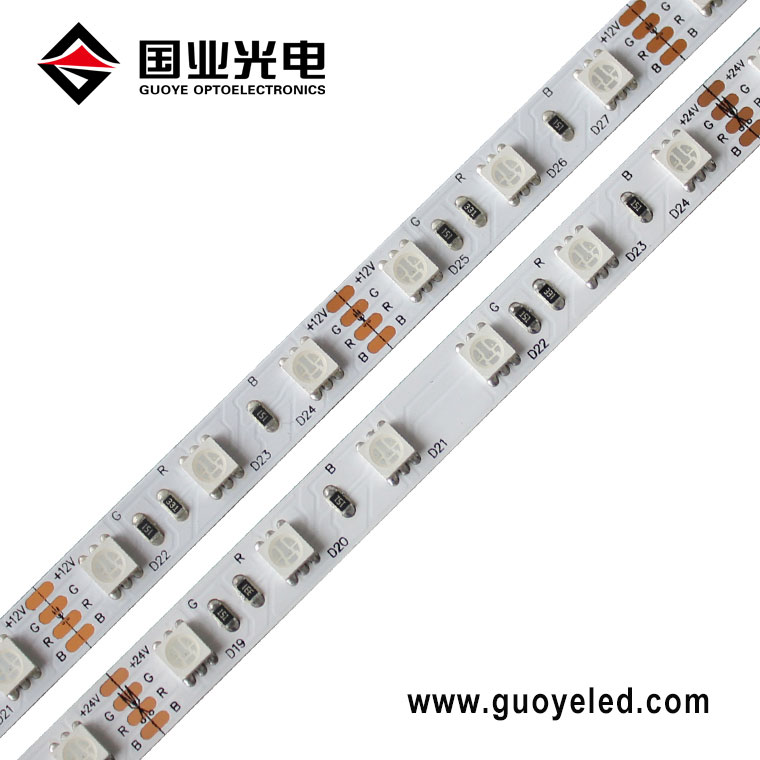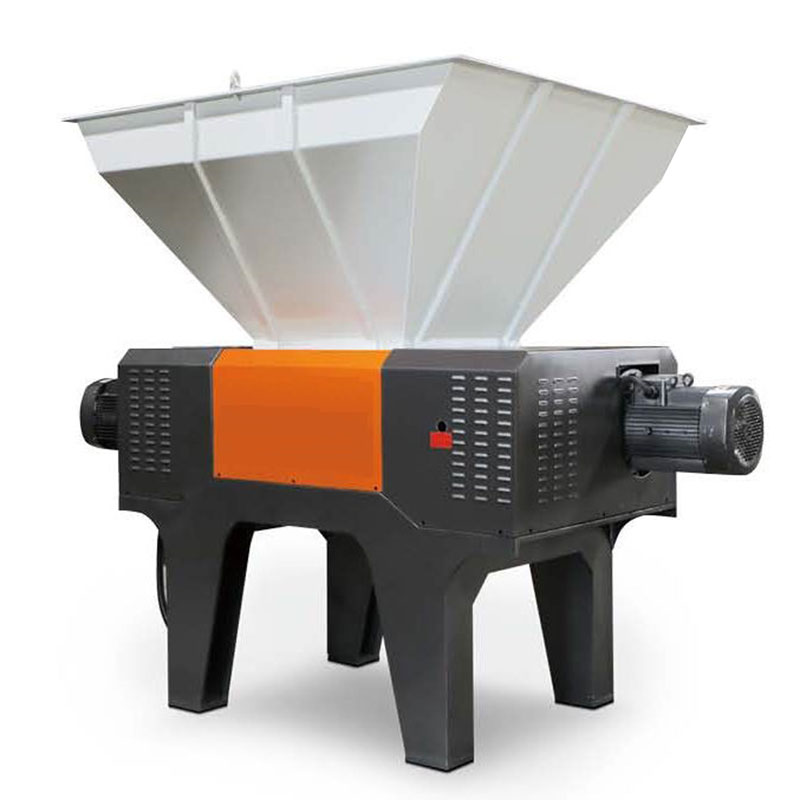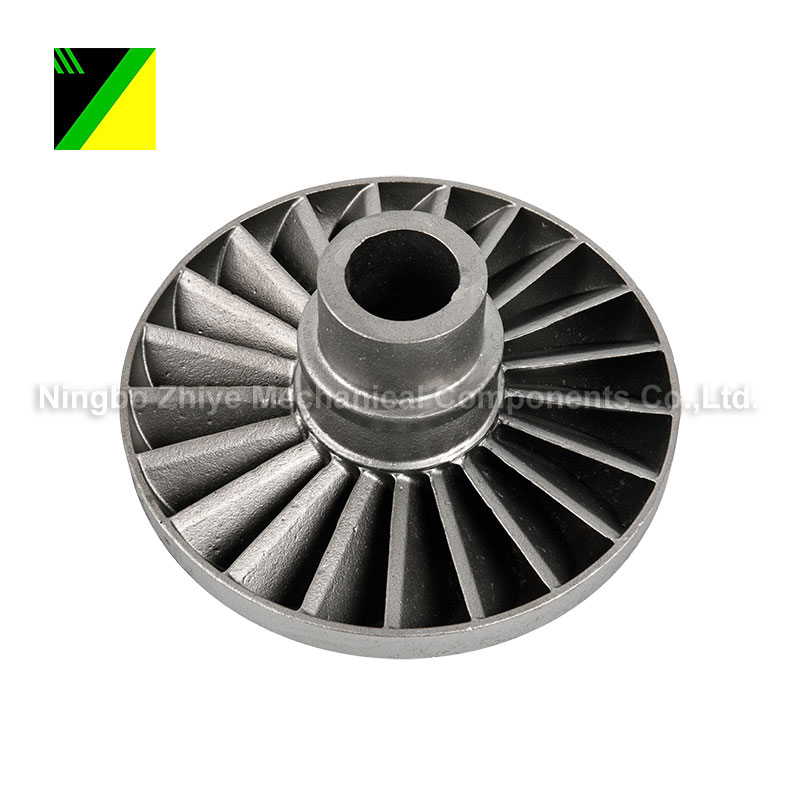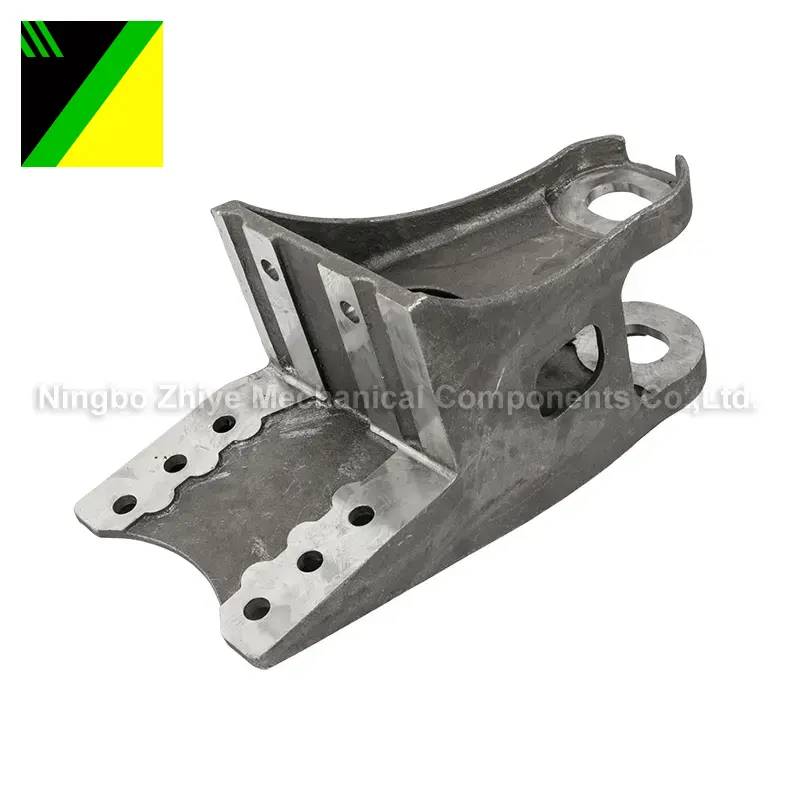Flexible Led Strips
Flexible LED strips, also known as LED tape lights or LED ribbon lights, are thin and flexible strips that contain multiple light-emitting diodes (LEDs) mounted closely together on a flexible circuit board. These strips are highly versatile and popular lighting solutions used in various applications......
Send Inquiry
Product Description
Flexible LED strips, also known as LED tape lights or LED ribbon lights, are thin and flexible strips that contain multiple light-emitting diodes (LEDs) mounted closely together on a flexible circuit board. These strips are highly versatile and popular lighting solutions used in various applications due to their ease of installation, energy efficiency, and ability to conform to different shapes and surfaces.
Key features of flexible LED strips:
1. Flexibility: As the name suggests, the main feature of these LED strips is their flexibility. The flexible circuit board allows them to be bent, curved, or shaped to fit around corners, curves, or irregular surfaces.
2. LEDs: The strips are equipped with surface-mounted LEDs, which can emit various colors, including white, warm white, red, green, blue, and multicolor (RGB) options.
3. Adhesive Backing: Most flexible LED strips come with a self-adhesive backing, making them easy to install on various surfaces without the need for additional mounting hardware.
4. Cutting and Length: LED strips are typically available in reels of specific lengths, such as 5 meters (16.4 feet) or more. They can often be cut at designated points along the strip to customize the length to fit a specific area or project.
5. Voltage: Flexible LED strips are available in various voltage options, such as 12V or 24V DC, and require a suitable power supply for operation.
Usage of flexible LED strips:
Flexible LED strips have a wide range of applications, including:
1. Interior Lighting: They are commonly used for interior lighting purposes in homes, offices, and commercial spaces, providing accent lighting, under-cabinet lighting, and decorative lighting.
2. Architectural Lighting: LED strips are used for highlighting architectural features, cove lighting, and creating unique lighting effects on buildings and structures.
3. Signage and Displays: They are employed in signboards, advertising displays, and backlighting for signage.
4. Automotive Lighting: LED strips are used in automotive lighting applications, such as accent lighting, undercarriage lighting, and interior illumination.
5. DIY Projects: Flexible LED strips are popular for DIY projects, art installations, and creative lighting designs due to their ease of use and adaptability.
Benefits of flexible LED strips:
1. Energy Efficiency: LED technology is highly energy-efficient, consuming less power and generating less heat compared to traditional lighting sources.
2. Long Lifespan: LEDs have a long operational life, which reduces maintenance and replacement costs.
3. Low Profile: LED strips are thin and low-profile, making them suitable for applications where space is limited.
4. Versatility: Their flexibility and adhesive backing make them easy to install in various locations and surfaces.
5. Safety: LED strips produce less heat, reducing the risk of burns or fire hazards.
6. Environmentally Friendly: LED technology is eco-friendly, as it does not contain hazardous materials like mercury and can be recycled.
Overall, flexible LED strips offer a cost-effective and versatile lighting solution for a wide range of applications, providing energy-efficient and customizable lighting options for both residential and commercial use.










